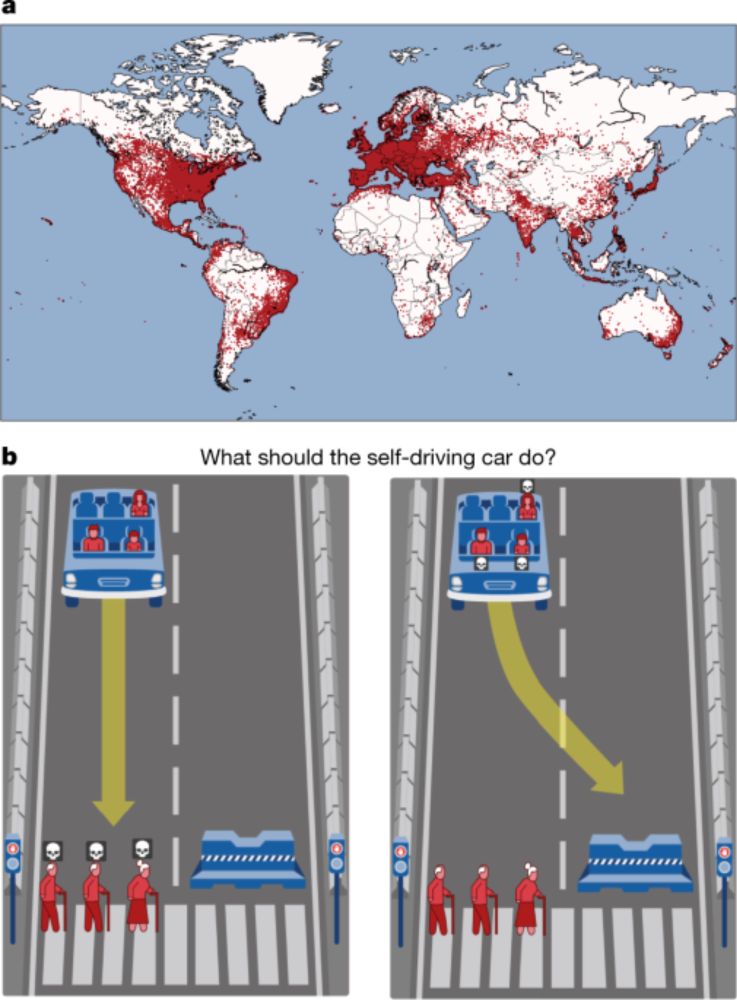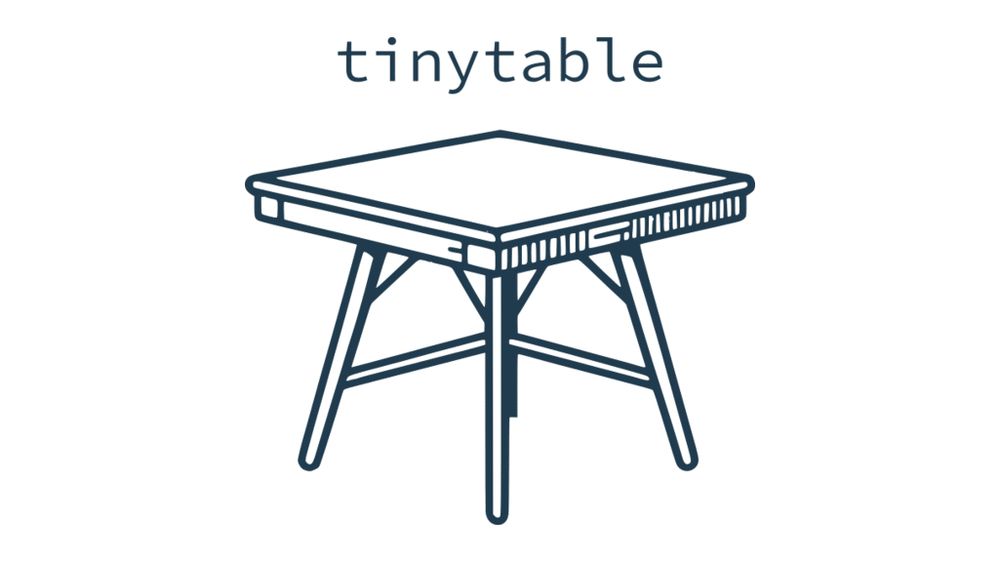Alex Alekseev
@aalexee.bsky.social
750 followers
140 following
45 posts
Behavioral/experimental/labor economist interested in AI/robots/automation. Assistant Professor at the University of Regensburg, former Chapman ESI postdoc, GSU AYSPS grad. 🇷🇺-🇺🇸-🇩🇪 aalexee.com
Posts
Media
Videos
Starter Packs
Alex Alekseev
@aalexee.bsky.social
· Sep 6
Alex Alekseev
@aalexee.bsky.social
· Aug 8
Alex Alekseev
@aalexee.bsky.social
· Jul 14
Alex Alekseev
@aalexee.bsky.social
· Jul 14
Alex Alekseev
@aalexee.bsky.social
· Jul 14
Alex Alekseev
@aalexee.bsky.social
· Jul 14
Alex Alekseev
@aalexee.bsky.social
· Jun 24
Alex Alekseev
@aalexee.bsky.social
· Jun 24
Alex Alekseev
@aalexee.bsky.social
· Jun 24
Alex Alekseev
@aalexee.bsky.social
· Jun 24
Alex Alekseev
@aalexee.bsky.social
· Jun 24
Alex Alekseev
@aalexee.bsky.social
· Feb 12
Alex Alekseev
@aalexee.bsky.social
· Feb 7
Alex Alekseev
@aalexee.bsky.social
· Feb 1
Reposted by Alex Alekseev
Reposted by Alex Alekseev









